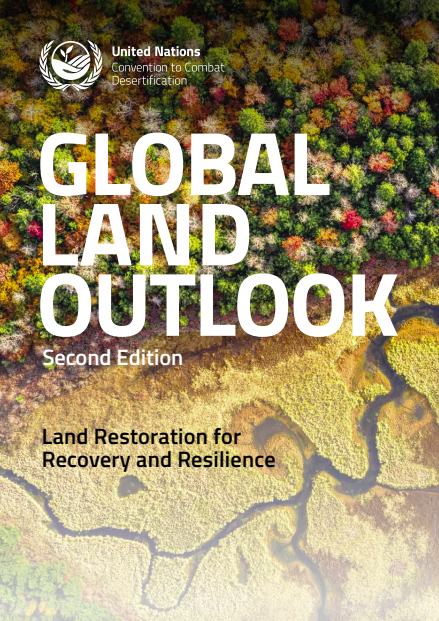Rehabilitation
Description
Including rehabilitation of ecosystems, including the pace and quality of rehabilitation; soil health; restoring wildlife and plant communities.
Share this Subissue on:LinkedIn
Resources
Restoring Forests and Landscapes: The key to a sustainable future
The Bonn Challenge and New York Declaration on Forests’ goal of restoring 350 million hectares of degraded land by 2030 could yield up to $9 trillion of net economic benefits, not to mention the incalculable value from vital ecosystem services restored, but how do we get there? This report from the Global Partnership on Forest and Landscape Restoration (GPFLR) emphasises the need for bold restoration targets to achieve the objectives of the UN’s Sustainable Development Goals. It provides facts and figures that will help you to understand the damage from degradation; the benefits of restoration; and brief case examples to highlight what restoration in action looks like.
InfoFLR
This resource from IUCN is a good source for news, resources, and updates on forest landscape restoration (FLR) around the globe, and will help you to build your knowledge and understanding of FLR trends in a specific region. InfoFLR has created detailed nation profiles that include discrete country-specific information, national domestic targets, and details and status updates on restoration policies and programs.
Global Land Outlook: Land Restoration for Recovery and Resilience
This comprehensive guide from the United Nations Convention to Combat Desertification can help change agents, policy advocates and lobbyists, and corporate strategic planners to understand the rationale, enabling factors, and diverse pathways by which land degradation can be reduced and reversed. The guide is divided into three parts: Land In Focus examines the current global land use system, including its status, dynamics, trajectories, and the consequences for people and the planet; Restoration Around the World highlights and explores the range of land restoration activities currently happening around the world; and Framing the Land Restoration Agenda demonstrates the feasibility and applicability of different pathways to recovery and resilience.


